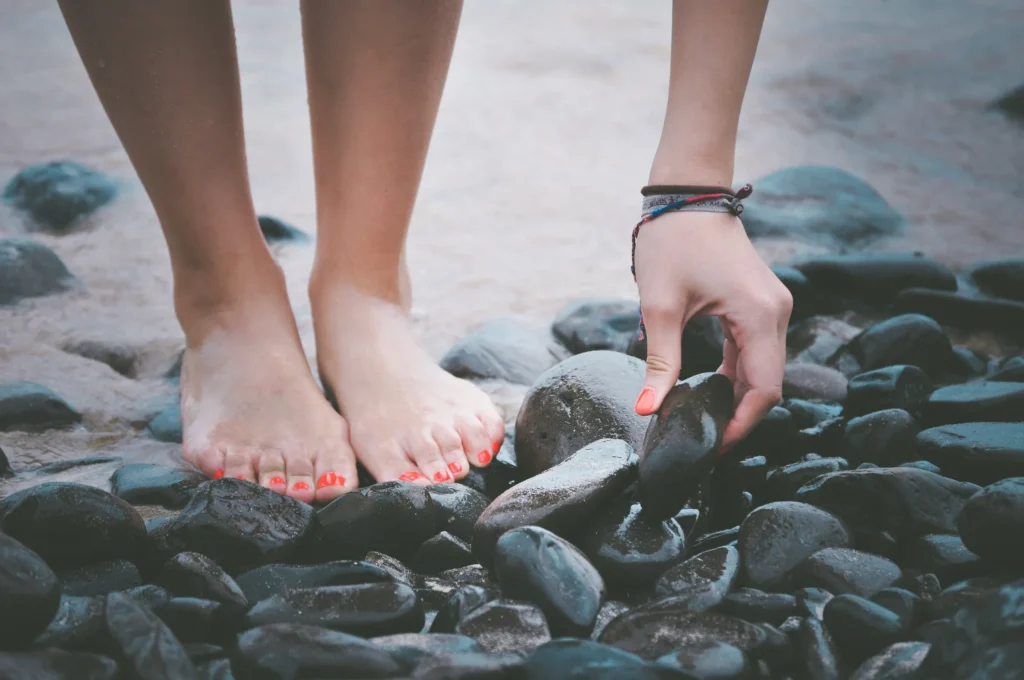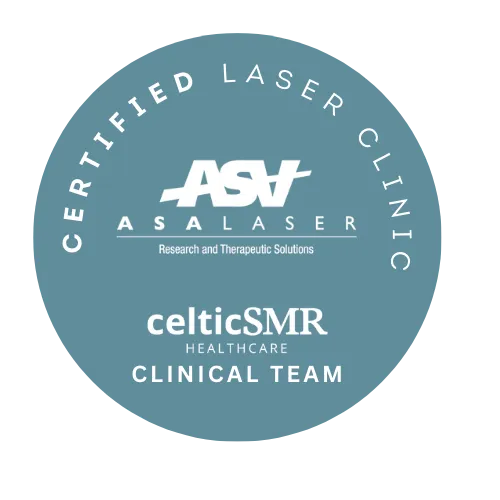Barefoot-style walking is usually only done at home. However, many people practice it daily. When a child learns to walk, they’re advised not to wear shoes. Shoes can interfere with how the child uses the muscles and bones in their feet. Kids can get feedback from the ground when they walk barefoot, which promotes an awareness of their body in space. As they grow older, they tend to wear shoes most of the time and lose the benefits of walking barefoot. Advocates for the barefoot lifestyle are trying to encourage people to take their shoes off as much as possible and free their feet.
The benefits of walking barefoot
A theory is that walking barefoot restores our “natural” way of walking or our gait. But if you look in any store that sells walking shoes or exercise equipment, you will notice that most have a lot of cushioning and support. This cushioning can feel great when you’re walking, but many podiatrists believe it prevents the use of certain muscles that help to strengthen our bodies.
Some of the other benefits of walking barefoot include:
- Better control over the positioning of your foot as it hits the ground
- Improvements in balance and body awareness which has been known to aid in pain relief
- Some foot exercises, such as those stretching the arches or those done by rolling a tennis ball under the foot, can improve your foot mechanics, which in turn can help the mechanics of other parts of the body, such as the hips, knees, and core.
- Relief from tight shoes that don’t fit properly helps to reduce any bunion, foot odour, and fungal infections.
Potential dangers of walking barefoot
Walking barefoot at home may seem safe to most, but there are many risks outside, so be careful not to cause any unnecessary damage to your feet. This is especially important to consider if you’re starting the barefoot lifestyle after spending most of your life wearing shoes. In addition, a lack of protection will subject you to other dangers like exposure to infections and harmful bacteria.
How should you walk and exercise barefoot?
Walking barefoot is a practice that will take time to learn.
However, these tips will definitely help:
- Take it slow – when you first start walking and exercising while barefoot, begin with short sessions. You want to give your feet and ankles time to adapt to the new environment.
- Stop if you are experiencing any pain or discomfort.
- Be informed before you go barefoot. Practice at home or in your garden before you go out into the wild, let your feet get used to walking around without shoes, explore a safer environment and give your feet time to adjust to being that way.
- One thing to consider is that your feet might need time to adjust to minimalist shoes, as they don’t offer much padding.
- Practicing balancing exercises, like standing on one leg or raising and lowering yourself onto the balls of your feet, can help you build stability and improve your balance.
- Use activities like yoga and pilates that can easily be done without shoes.
This one is the most important thing to remember. Every day, you should examine your feet to check for injury. It may be more helpful for you if you take off your shoes more often.
Starting new activities like running too soon can lead to injuries, so try to focus on strengthening your feet before jumping into more demanding activities.
So should you go barefoot or not?
There are some benefits to going barefoot while you walk and exercise, like improved foot movement and prevention of scars and blisters. That being said, you should still be careful to avoid cuts, scrapes, and fungal infections. If you have any concerns about your feet or your general safety, it would be a good idea to consult a podiatrist before you go barefoot.


